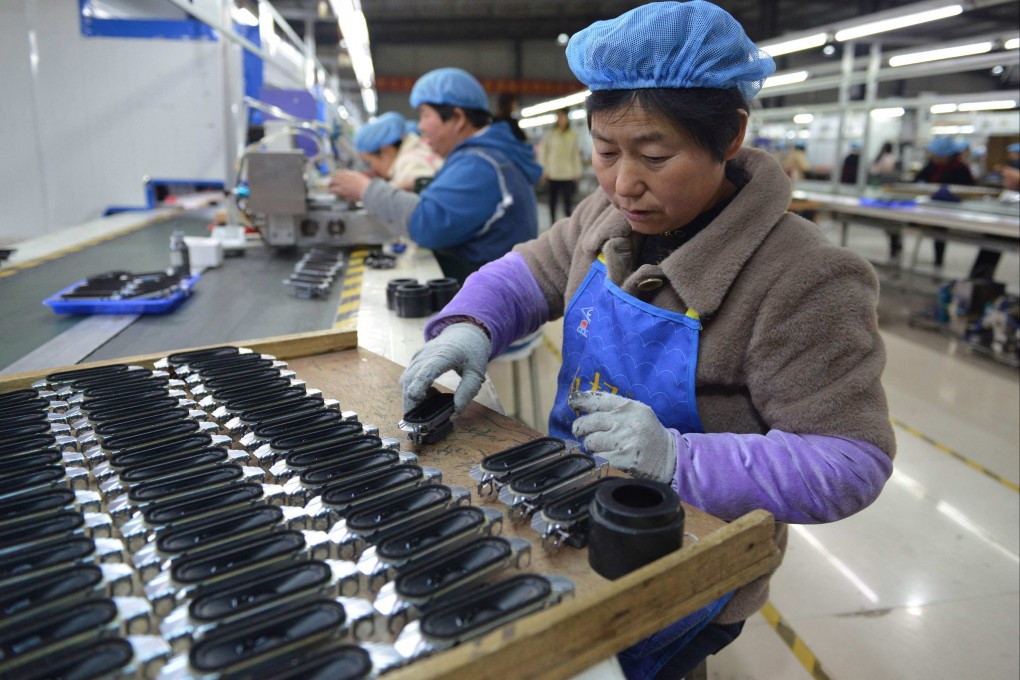China inflation: is deflation looming? Indices continue to fall amid rocky economic rebound
- China’s consumer price index (CPI) rose by 0.7 per cent in March, year on year, down from 1 per cent growth in February
- The producer price index (PPI) fell by 2.5 per cent last month, year on year, down from a fall of 1.4 per cent

China’s consumer inflation dropped below 1 per cent last month for the first time in more than a year, while producer price deflation deepened further, illustrating how a rocky economic recovery continues to fuel market calls for policy support.
The main driver for the fall was a decline in food inflation as CPI growth fell short of expectations, with the index expected to have risen by 1 per cent last month, according to Chinese financial data provider Wind.
Meanwhile, the producer price index (PPI), which reflects the prices that factories charge wholesalers for products, fell for a sixth straight month after dropping by 2.5 per cent in March, year on year, down from a fall of 1.4 per cent in February.
This suggests that the economy is still running below its potential. There is room for fiscal and monetary policies to boost growth further
PPI fell at the fastest pace since June 2020 after dropping more than anticipated, with the index having been expected to fall by 2.3 per cent last month, according to Wind.